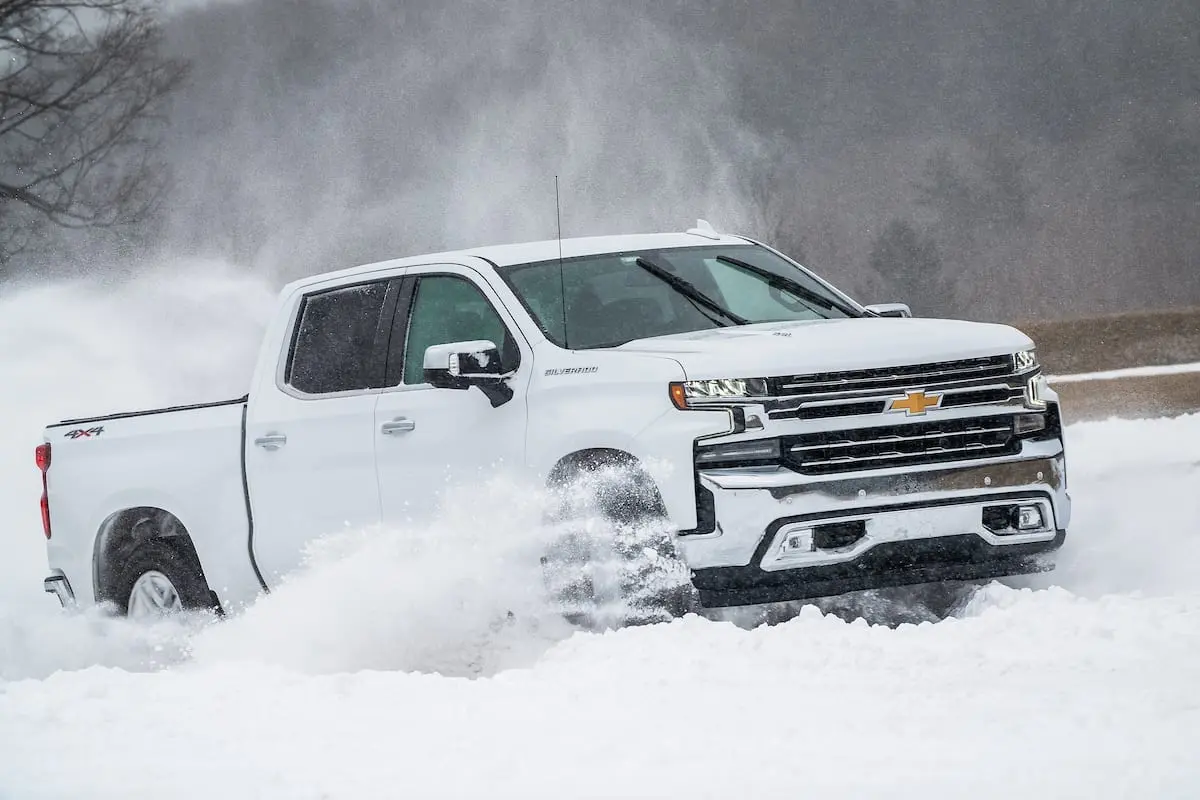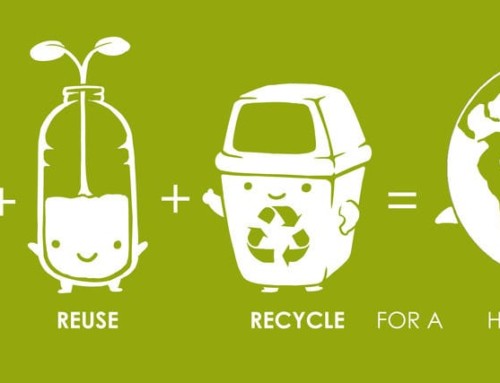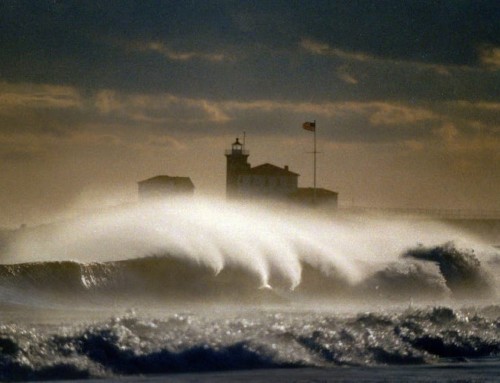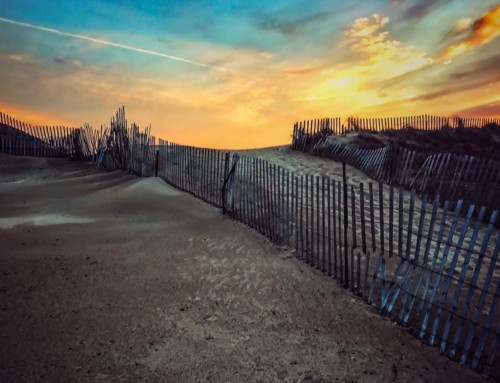Thankfully, we haven’t had too much snowy weather this season, but that doesn’t mean we won’t in the near future. And there’s nothing quite as daunting as having to drive in a big snowstorm…I’d consider myself to be a seasoned snow driver but I still white knuckle it a lot when there’s snow or ice on the ground.
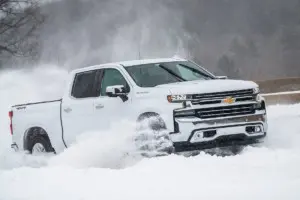
The Chevrolet Silverado Winter Drive event Tuesday, January 29, 2019 at Lime Rock Park in Lakeville, Connecticut. (Photo by Todd Plitt for Chevrolet)
Chevy recently invited me to try out their 2019 Silverado’s on a snow track at Lime Rock Park in Lakeville, Connecticut. After driving my little Mazda6 around in the snow for the past ten years, driving the Silverado was a welcome change. I felt so much safer!
Features like StabiliTrak, 4WD, lane assist, forward collision alert, rear camera mirror, traction control made it so I was able to power through ice and snow without feeling out of control. It was a great experience and convinced me that I need to get a new vehicle that I feel confident driving in the snow. But whether you have a great truck with 4WD or a little sedan, here are some good tips for being safe while driving in the snow.
Before you leave, make sure you check…
– That you’re not on empty. Bad weather can cause delays, make sure your gas tank and phone battery are both full.
– Make sure your car or truck is winter weather ready – check fluid levels, windshield wipers, lights and batteries. Check tire pressure as it can drop as the weather gets colder.
– Consider winter tires even for a 4WD vehicle. If you drive regularly in the winter weather, a set of winter tires are a great investment.
– Stock your car with a flashlight, jumper cables, snow shovel, and ice scraper.
– Make sure your vehicle is clear of snow or ice.
Once you’re on the road…
– Accelerate and decelerate slowly. Applying the gas slowly to accelerate is the best method for regaining traction and avoiding skids. Don’t try to get moving in a hurry. And take time to slow down for a stoplight. Remember: It takes longer to slow down on icy roads.
– Drive slowly. Everything takes longer on snow-covered roads. Accelerating, stopping, turning – nothing happens as quickly as on dry pavement. Give yourself time to maneuver by driving slowly.
– Don’t stop if you can avoid it. There’s a big difference in the amount of inertia it takes to start moving from a full stop versus how much it takes to get moving while still rolling. If you can slow down enough to keep rolling until a traffic light changes, do it.
– When changing lanes, look for patches of snow-covered pavement for better traction.
– Don’t power up hills. Applying extra gas on snow-covered roads just starts your wheels spinning. Try to get a little inertia going before you reach the hill and let that inertia carry you to the top. As you reach the crest of the hill, reduce your speed and proceed downhill as slowly as possible.
– Don’t stop going up a hill. There’s nothing worse than trying to get moving up a hill on an icy road. Get some inertia going on a flat roadway before you take on the hill.
– Turn your front wheels in the same direction that the rear of the vehicle is sliding. You’ve also heard about “turning into the slide”. These both mean the same thing. For example, if the back of your car slides to the right, turn the wheel to the right.
– Stay home. If you really don’t have to go out, don’t. Even if you can drive well in the snow, not everyone else can. Don’t tempt fate: If you don’t have somewhere you have to be, watch the snow from indoors.
– If you really have to leave the house and drive somewhere, get into something that’s safe, comfortable and will get you from point A to point B in any weather. Get a Chevy Silverado.
